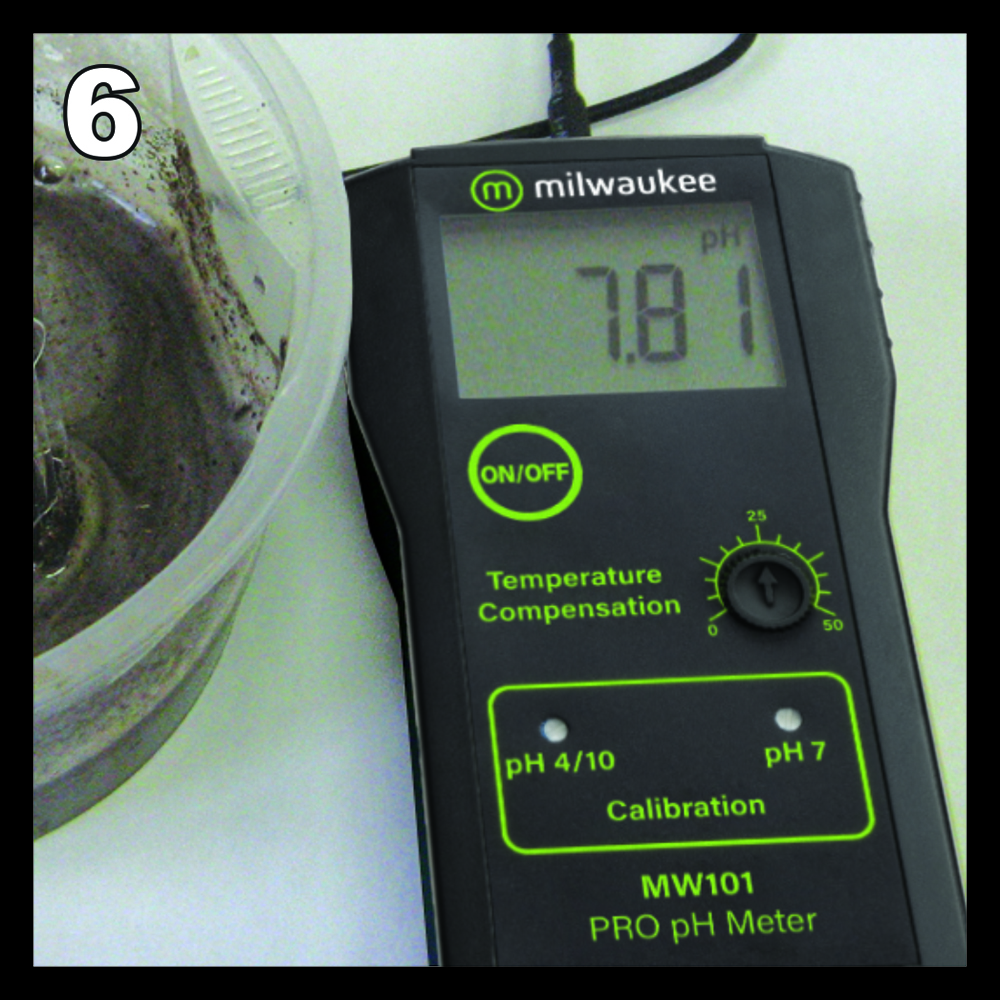Your shopping cart is currently empty.
Measuring pH in soil
Using MW101 PRO pH Portable Meter with a MA920B/1 pH Electrode for measuring pH in SOIL
pH is a measure of the activity of the hydrogen ion (H+) in the soil solution. If the concentration of H+ is high, the medium is said to be acid. If it is low, it is said to be alkaline. Most agricultural soils are found between the range of 4 to 10 (when measured in water).
For practical purposes, soil is neutral when pH is between 6 to 8, depending on plant requirements, and it is acidic when pH is less than 6 and alkaline when it is greater than 8.
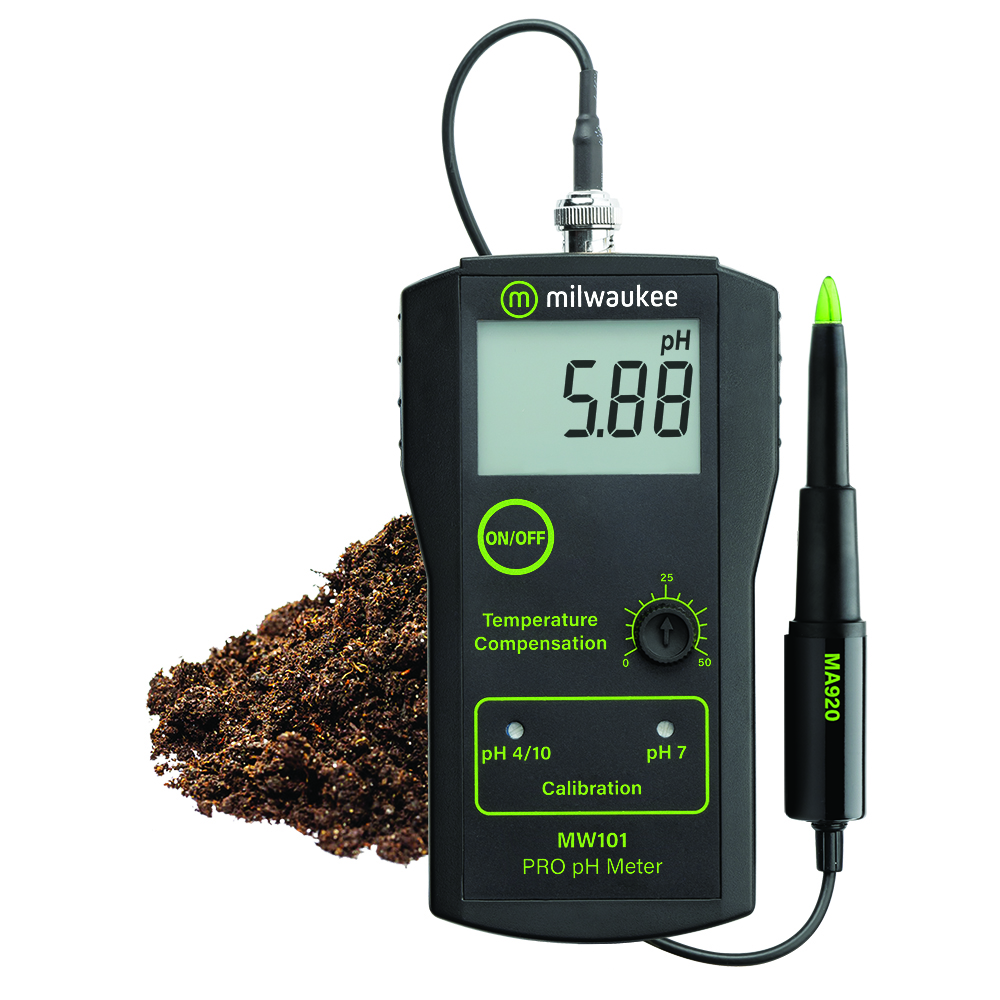
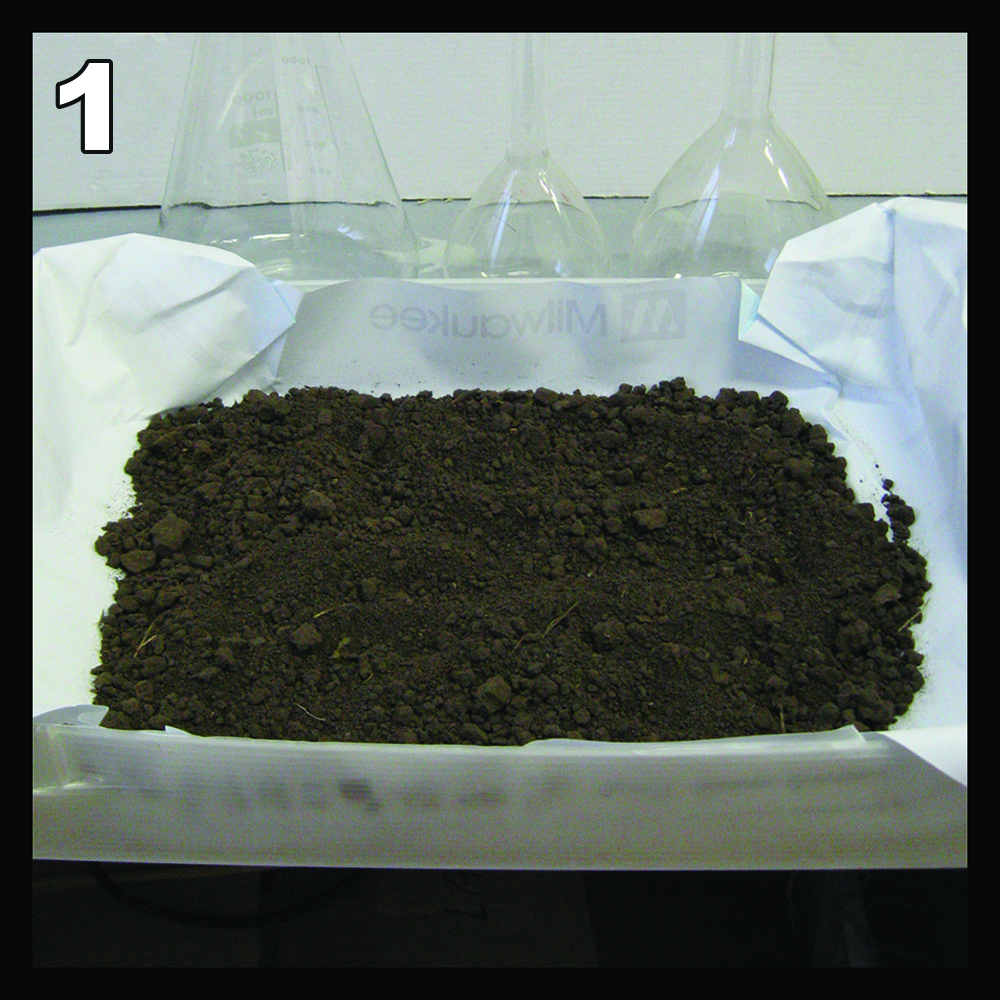
1. Collect samples of soil.
Take samples from a homogeneous area per 1000 m2. In smaller places it is also suggested to take at least two samples (the more samples, the more accurate the measurement will be).
Don’t take samples from soil where are obvious disorders.
Amount of sample:
Use the same amount of soil for every sample (for example: use identical size sachets)
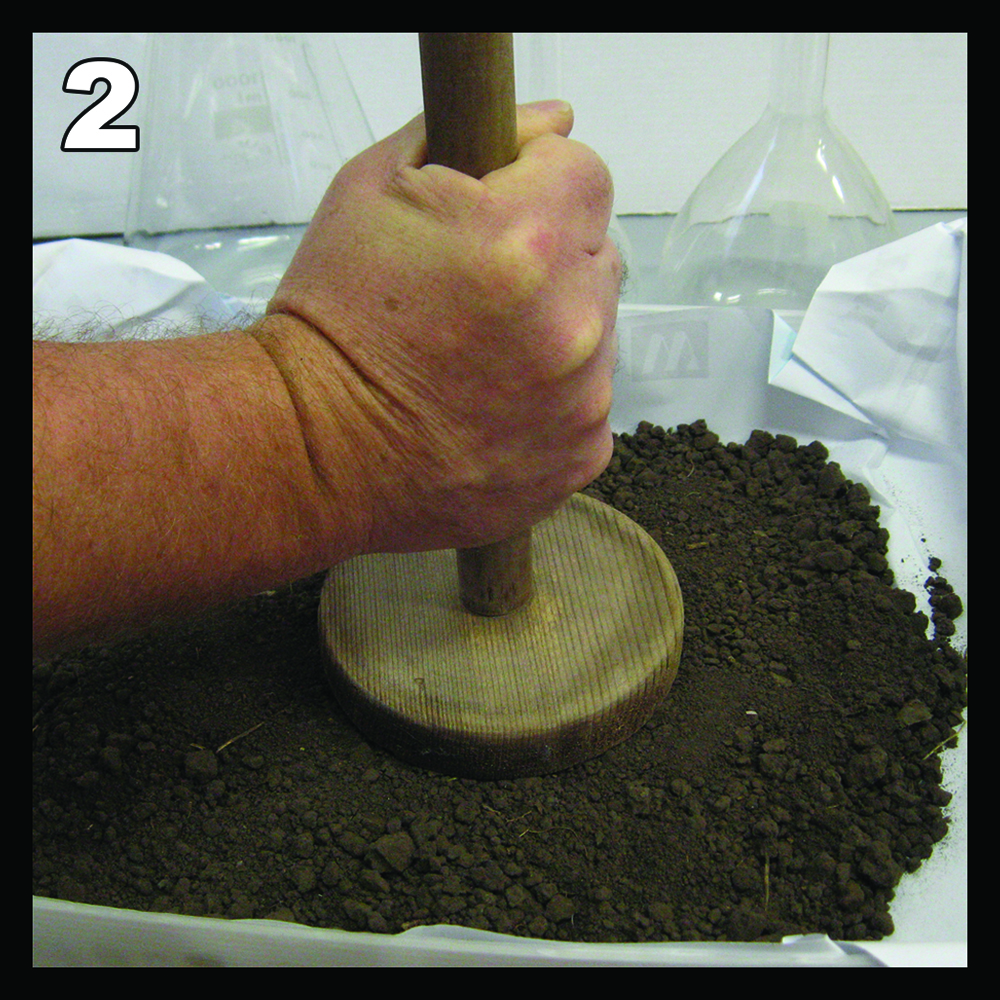
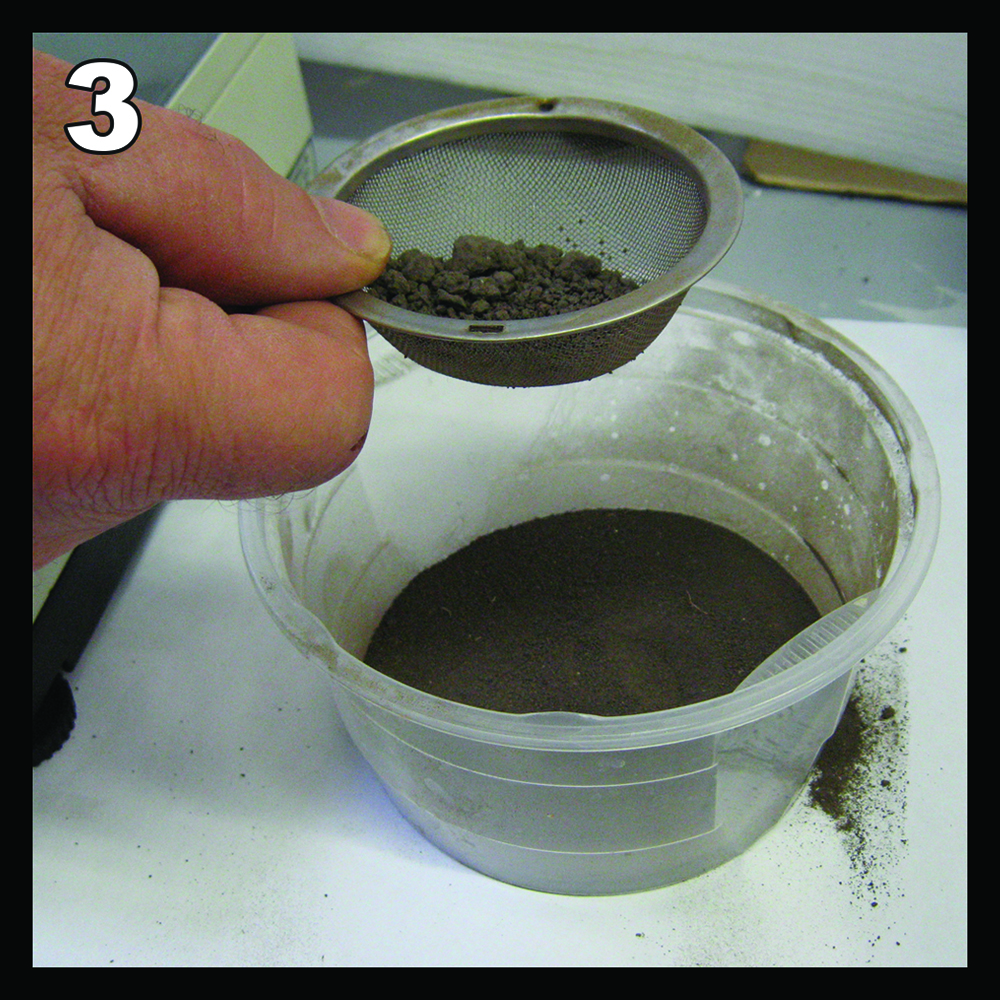
Spot of sample:
General: take the top 5 cm of the ground
Annuals: from 20-40 cm deep
Fruits: from 20-60 cm deep
Spread the soil on a paper and let it dry out in a shaded place, or put it into a 40°C oven.
2. Shread the dry soil and mix the samples. You will get a homogeneous sample. It mustn’t contain rocks or organic residues. Take a sample from this mixture for the measurement.
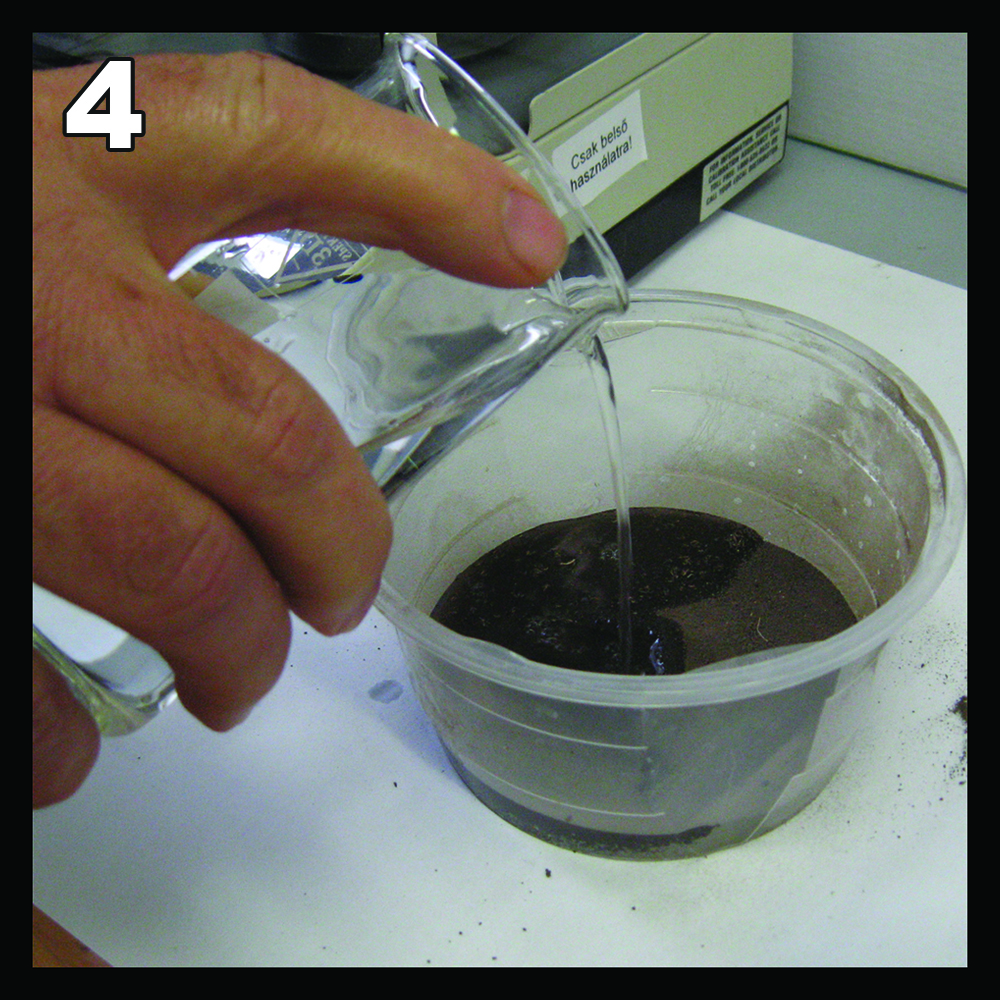

3. Sift the soil through a 2 mm sifter.
4. Weigh out 1 unit soil (100 g is recommended) and put 2 unit (200 g, 2 dl) destillated water to it.
5. Stir it for 30 seconds. Wait about five minutes.
6. Stir it again then measure the pH of the solution.
